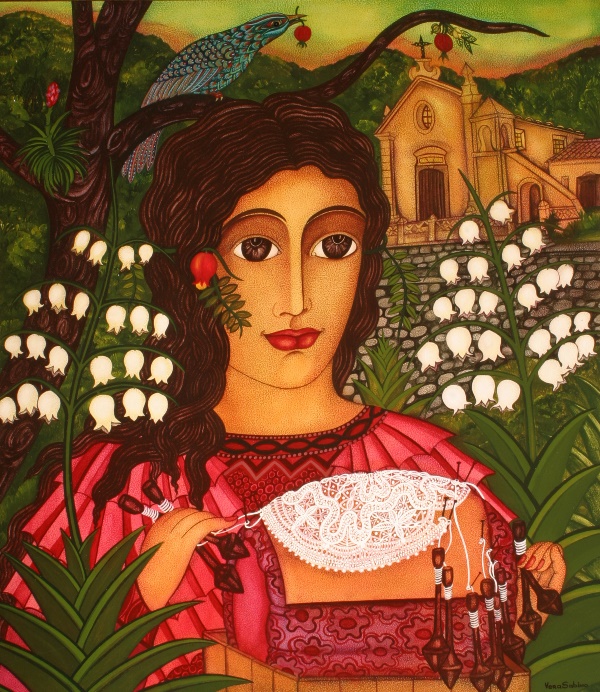The saint and the mermaid in the space/time of Mozambican Waters
DOI:
https://doi.org/10.5007/2175-7917.2013v18n2p84Abstract
Mia Couto in the novel O outro pé da sereia formalizes an encounter of imaginaries (European and African) through a temporal progression and a process of constitution of identities which goes beyond the differences and geographical distances. The writer diverts his gaze towards the complexity of human relations, both under an individual approach and a collective one, and in a narrative parallelism, makes it possible for the voices to manifest themselves in the contemporary history to emerge from the historical colonial past and widen their scope in the experiences of modernity. From the position of a borderlike being between the Portuguese and Mozambican cultures, Couto lets his characters wander freely between times, genders and social roles, capturing them in multiple diversions which are so coherent with the constitution of the social actors in modernity. The thought and the voice of the colonial Portuguese culture of the 16th century and the identitary construction of the Mozambican society in the 21st century are revisited in a literary way by the optics of opposition and/or integration, as well as by movements of fragmentation and/or re-composition. The fictional cartography of the work allows an insertion in the discussions of post-modernity and post-colonialism, perspectives under which I reflect when analyzing some narrative niches of the aforesaid novel.Downloads
Published
How to Cite
Issue
Section
License
This journal provides open access to all of it content on the principle that making research freely available to the public supports a greater global exchange of knowledge. Such access is associated with increased readership and increased citation of an author's work. For more information on this approach, see the Public Knowledge Project, which has designed this system to improve the scholarly and public quality of research, and which freely distributes the journal system as well as other software to support the open access publishing of scholarly resources. The names and email addresses entered in this journal site will be used exclusively for the stated purposes of this journal and will not be made available for any other purpose or to any other party.

Este trabalho está licenciado com uma Licença Creative Commons - Atribuição 4.0 Internacional.


